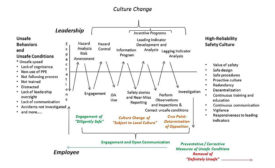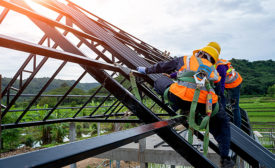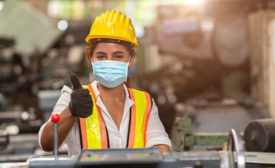Columns
Editorial
Roofers, linemen, oil and gas workers among top 10 most dangerous jobs
November 6, 2020
Editorial Comments
Workers must feel safe: Those going back to work are risking their lives
October 14, 2020
Best Practices
Despite benefits in testing and observation, there are many risks to smoke tubes
October 14, 2020
Rethinking Traditional Safety, part 10
Critical decisions: Deliberate risk and error
September 16, 2020
Never miss the latest news and trends driving the safety industry
eNewsletter | Website | eMagazine
JOIN TODAYCopyright ©2024. All Rights Reserved BNP Media.
Design, CMS, Hosting & Web Development :: ePublishing













